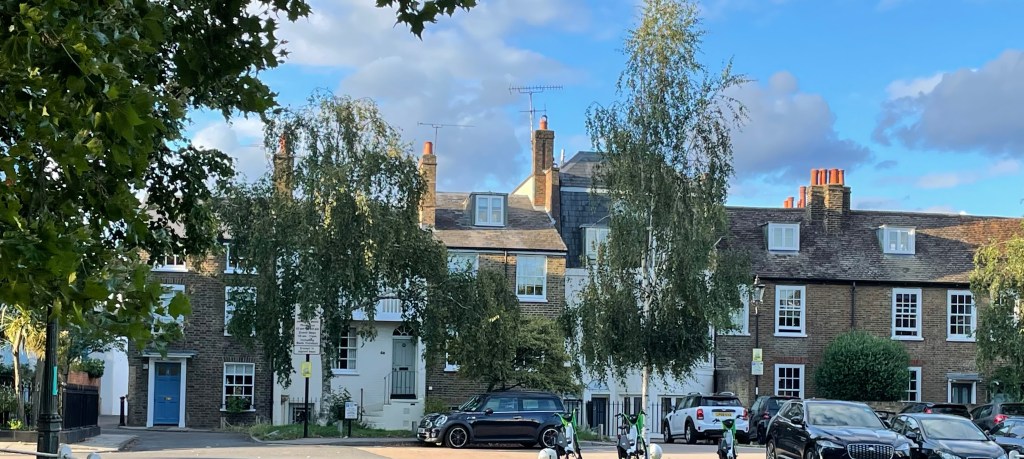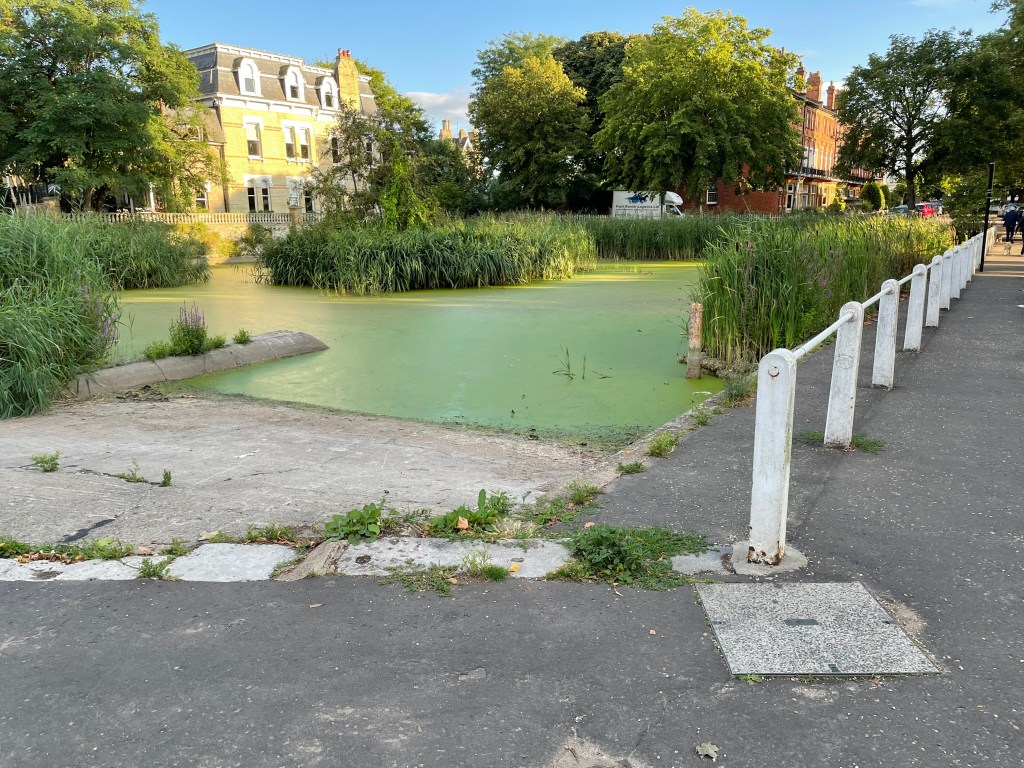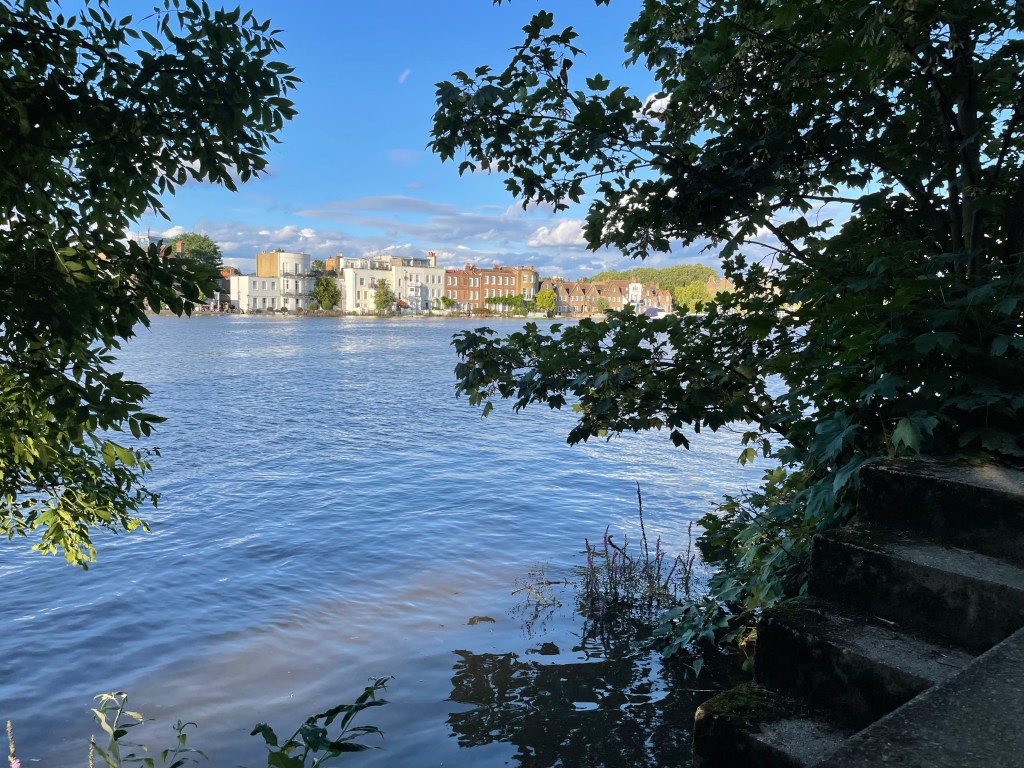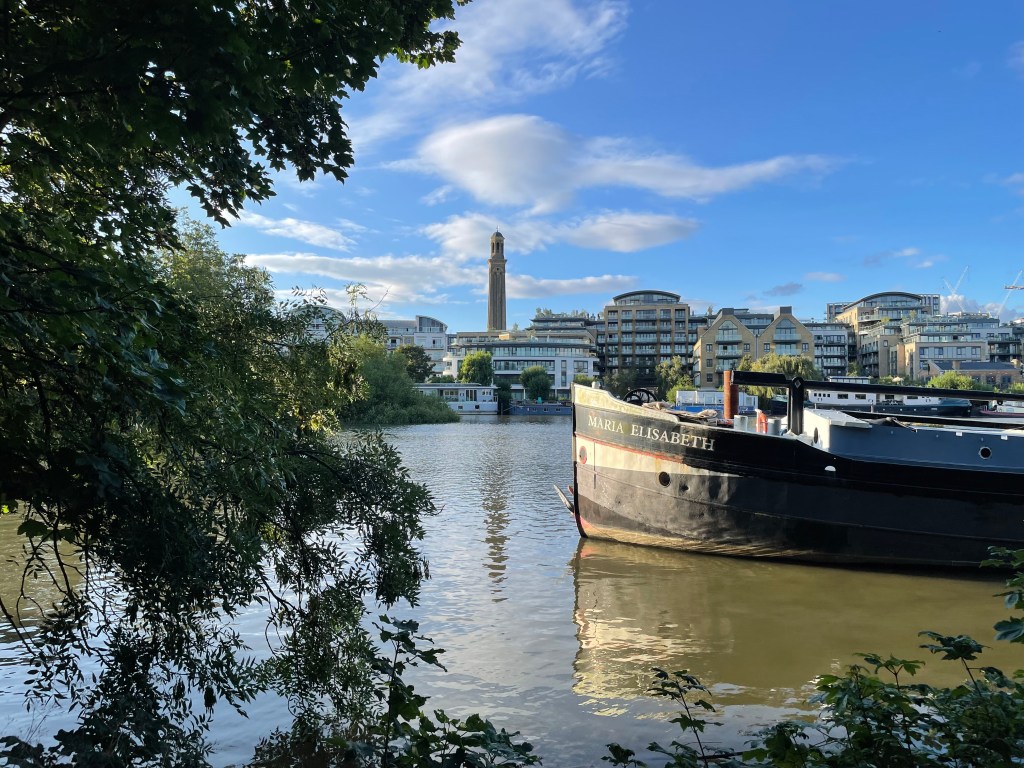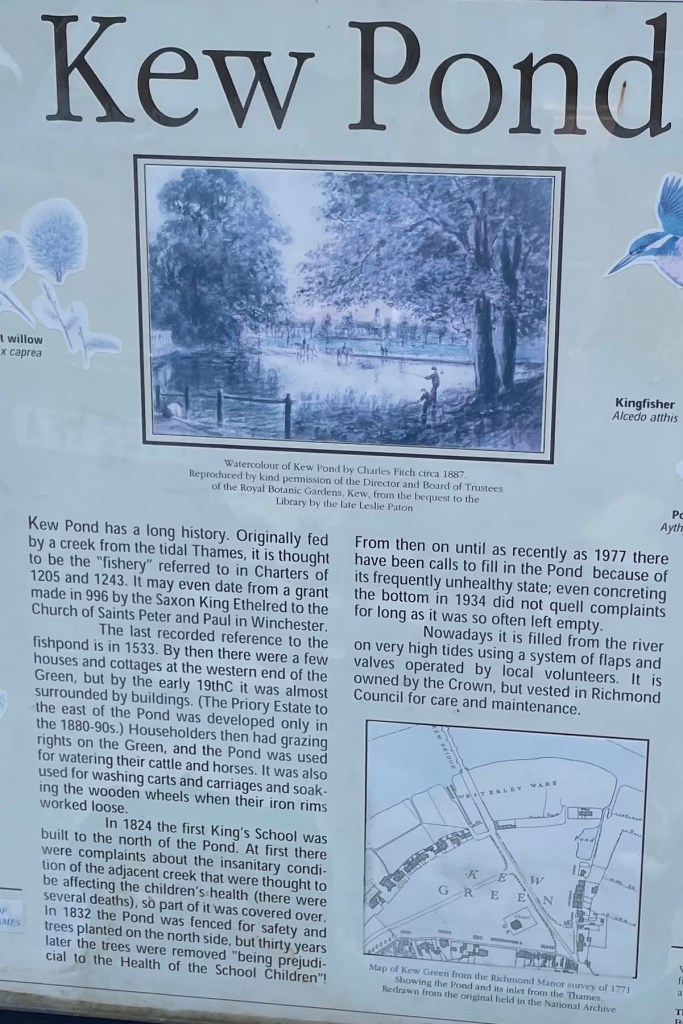I have used follies in my Regency Romances because I love the idea of building something just for fun, just for adult entertainment, be that entertainment innocent or sinful. The Georgian eras were renowned for pleasure seeking, from the pleasure gardens that people paid to attend, like Vauxhall, to the tunnels and rooms dug beneath the Chiltern Hills created for the Hellfire Club. One of the most popular follies for innocent entertainment at the time, was to build a cottage in the garden. Just a single room that could be used for more simple pleasures like stopping for a cup of tea during an afternoon stroll.
I have used the folly in the images below, which is in the grounds of Stourhead, as an example to make up my own cottage folly for scenes in a book. I have always thought it quite impressive that so much detail was built into something people only occasionally used. But that was the whole point of a folly, it was a stupid waste of money, but it was also, therefore, an expression of how wealthy you were because you had money you could afford to waste on such a luxury.

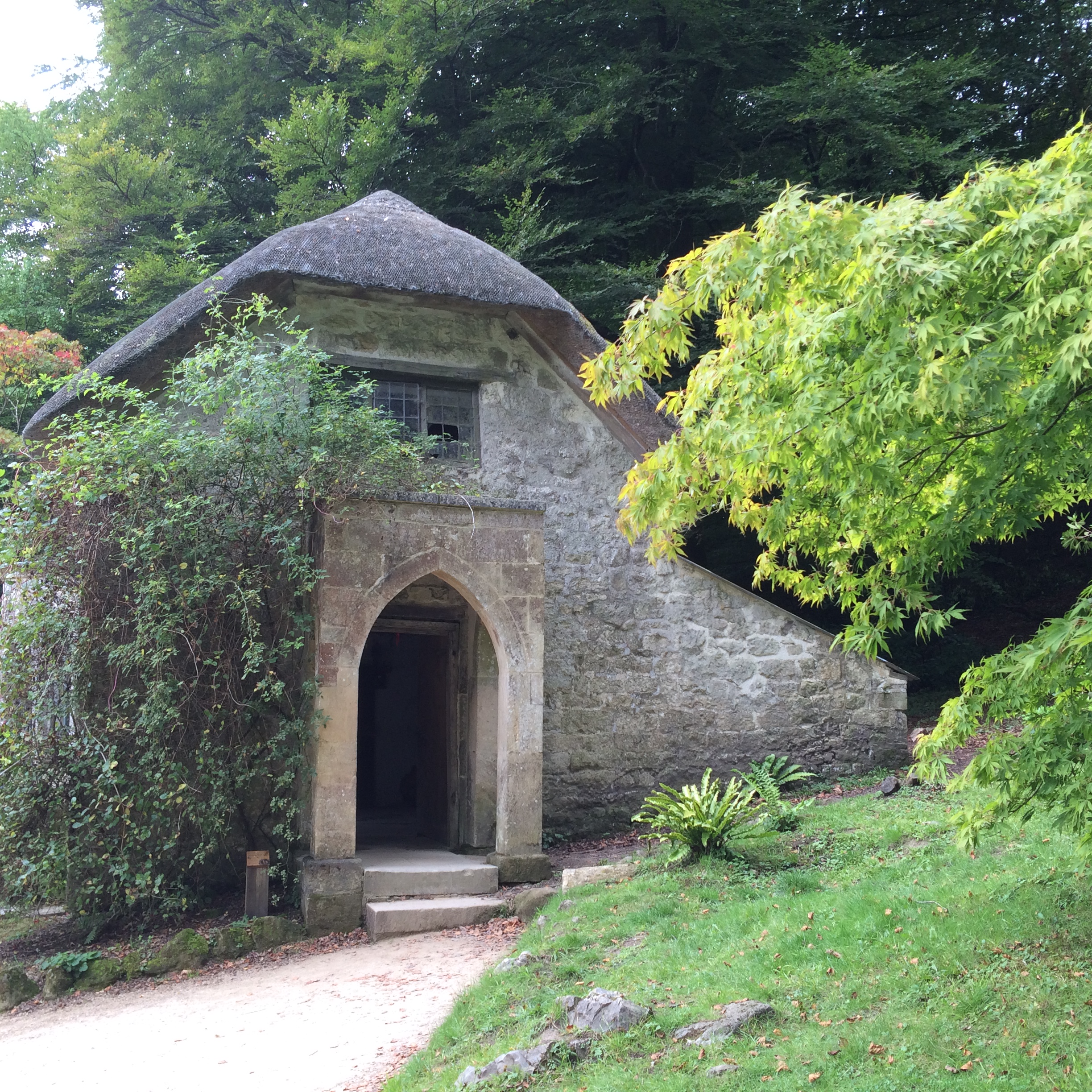
So when I saw the cottage built for Queen Charlotte in the grounds of the palace at Kew, London… Below. Well, what a folly, or you could say what a silly waste of money. Or you could say what an impressive investment in luxury. Royal luxury.
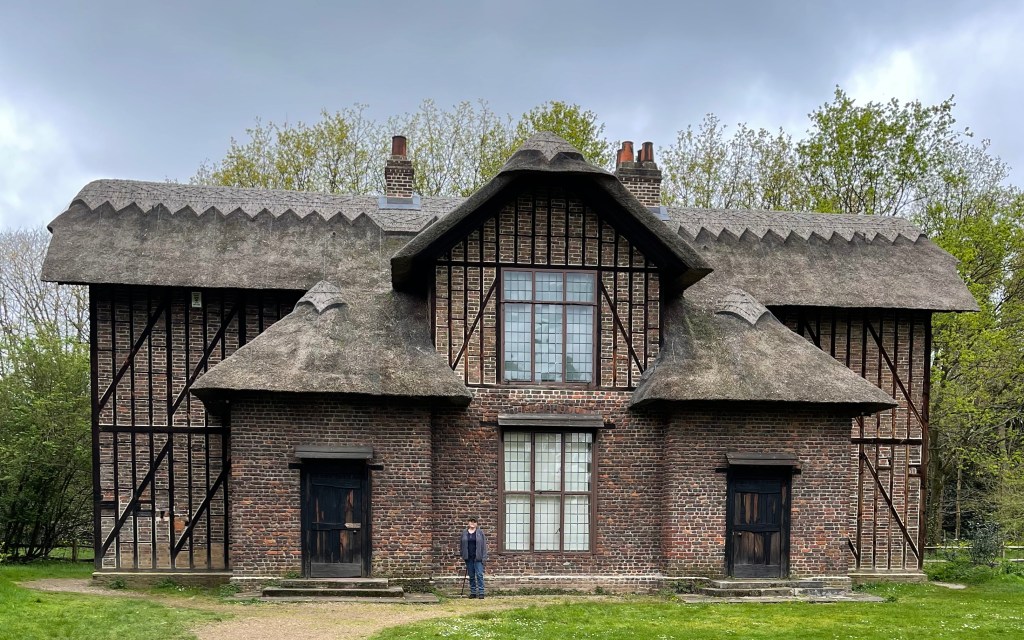
This cottage folly serves exactly the same purpose as the much smaller version at Stourhead, and I love that they are built in a similar style, displaying the same fashion, with a chimney/s and thatched roof. Just like the cottage at Stourhead, the cottage in the grounds of Kew Gardens, is a place to stop while they took some exercise in the grounds, they may have ridden or walked to reach it, and the servants would be there already with a luncheon prepared. It is not a place where anyone can live, or stay, it is literally for a short period of pleasure.
I have to say, this is not the tallest folly I have ever seen, but I think it well maybe the largest.


